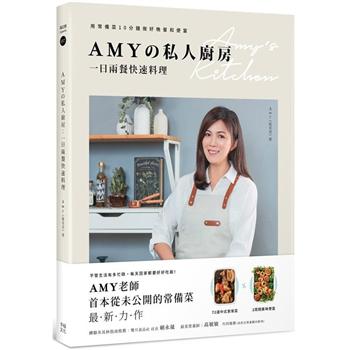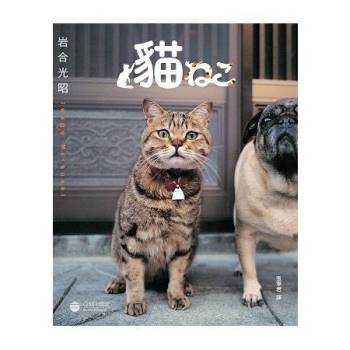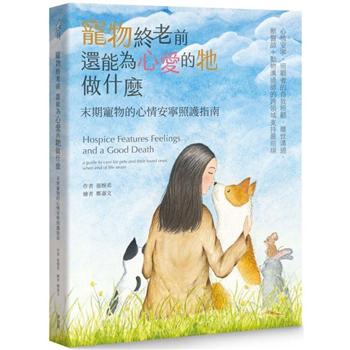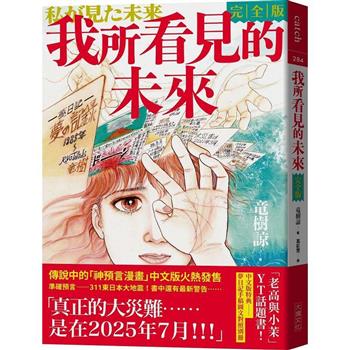Connects discussions of vocality and operatic culture with broader aesthetic and cultural shifts in society.
In the decades that span the turn of the twentieth century, the Italian tradition of operatic singing became ’modern’. This book identifies and explores the formative elements of this multifaceted ’modernity’, and its connections with the emergence of verismo, a realistic trend that affected every aspect of creative and intellectual life in fin-de-siècle Italy. Thisnovel approach to artistic representation meant that singers had to redefine the operatic voice, exchanging the bel canto ideal of ’pure’ vocal quality with an irreversible gendered connotation and an erotically charged expressive force. Pivotal to this shift was the gradual development of a homogeneous vocal colour through the compass, an aesthetic principle that was alien to the voice culture of the previous centuries. Star singers such as Enrico Caruso, Titta Ruffo, Emma Carelli and Eugenia Burzio were instrumental in this radical transition. The book explores how and why modern singers consciously pursued a new vocal expressivity, illuminating the ways in which the changes they introduced in their vocal techniques yielded novel stylistic gestures, and ultimately shaped operatic culture.Through a comparative analysis of early vocal recordings and late nineteenth- and early twentieth-century vocal methods and drawing on archival research in London, Milan, Rome and Buenos Aires, the book connects discussions of vocality and operatic culture with broader aesthetic and cultural shifts in society. Italian Opera Singing at the Time of Verismo, will be of interest to scholars and students of opera history, performance studies and recording history, as well as voice coaches and professional singers.| FindBook |
有 1 項符合
Italian Opera Singing at the Time of Verismo: The Invention of the Modern Voice的圖書 |
 |
Italian Opera Singing at the Time of Verismo: The Invention of the Modern Voice 作者:Gentili 出版社:Boydell Press 出版日期:2024-09-24 語言:英文 規格:精裝 / 240頁 / 普通級/ 初版 |
| 圖書館借閱 |
| 國家圖書館 | 全國圖書書目資訊網 | 國立公共資訊圖書館 | 電子書服務平台 | MetaCat 跨館整合查詢 |
| 臺北市立圖書館 | 新北市立圖書館 | 基隆市公共圖書館 | 桃園市立圖書館 | 新竹縣公共圖書館 |
| 苗栗縣立圖書館 | 臺中市立圖書館 | 彰化縣公共圖書館 | 南投縣文化局 | 雲林縣公共圖書館 |
| 嘉義縣圖書館 | 臺南市立圖書館 | 高雄市立圖書館 | 屏東縣公共圖書館 | 宜蘭縣公共圖書館 |
| 花蓮縣文化局 | 臺東縣文化處 |
|
|
圖書介紹 - 資料來源:博客來 評分:
圖書名稱:Italian Opera Singing at the Time of Verismo: The Invention of the Modern Voice
|










